A creative approach to enhance expressive playing in elementary and intermediate students through story-tellingIt was a pleasure to present my second talk at the APPC last week. The art of teaching through story-telling has always captivated me. In instrumental pedagogy, this is by no means a groundbreaking idea, and throughout my own lessons at the university of Auckland with teachers such as Rae de Lisle, Stephen de Pledge and Sarah Watkins, I observed this strategy being used to help students even at a tertiary level. So it is definitely a teaching tool that is used widely. In 2015 I completed a Master's degree in Piano Pedagogy. My research was based on how to foster musical expressiveness in a student’s playing. I discovered many interesting facets surrounding this topic, and one of them I am really fascinated in, is the use of story-telling in the lessons to help the students understand and express music they are unfamiliar with. For this session, I wanted to focus on using storytelling techniques to help children learn music they are initially "uninterested" in. I feel that children have a nature inclination to be interested in the popular, jazz, and romantic genres, and after speaking to many teachers on this subject, the classical repertoire seem to be one of the most ignored genre of music, especially during the first few years of piano learning. One of the most memorable moments durying my research was when I interviewed NZ pianist and composer, Gillian Bibby. She has taught many accomplished Kiwi pianists and conversations with her are always so inspiring. When I asked her about when it is appropriate to bring in the stories she indicated that it can be used to polish a piece once all the notes have been learnt, and it is so important to have originality and creativity with the stories: “Particularly when the notes and technique has been done, we need the stories even more. You don’t just do this one loud and this one soft, that’s boring! But if this one is the witch going into the cave to meet the dragon, and in the repeat the dragon is curled up in a ball, saying hello to the witch. That is such an extraordinary image! That would make such a big difference in a piece of music! That was my story, and I would ask them, ‘'What is your story?’” – Gillian Bibby, on teaching expressivity. How adding a narrative can help The beauty of sonatinas and sonatas are that because the titles are all the same, we can help children interpret them into a story their imagination can fathom and discover. When they can do so, you can instantly see their eyes brightening up and faces starting to beam, as they find themselves suddenly able to bring to life a previously boring sounding passage because it is now a part of a meaningful story. When story telling is used effectively, it can greatly enhance the character of the piece because it can provide a reason for any dynamic/articulation changes. Often the imageries help with any technical training. When a child is able to come up with their own story, it allows autonomy in their learning by stimulating imagination and creativity, which is why we get really fast results that last. Finally, the best part is how much more they seem to enjoy the music. It can be really fun. I can honestly say, my students that have been taught their classical pieces in this way from the very beginning, all love learning and playing the classical repertoire as much as their romantic and jazz pieces. By involving storytelling in their learning they know they get to be just as creative and expressive with these pieces. How to use story-telling effectively in the lesson? According to the results of my research, as teachers we first need to understand which aspect of musical expression we would like the student to improve. Is it the dynamics? Articulation? Over-all character of the piece? So we need to have a really clear idea of the final result before we start with the student. We then need to associate that aspect of musical expression with a subjective experience the student can relate to. The binding ingredient is to give an auditory or visual representation of the final musical product. For example, with a fast piece full of chromatic staccatos we can say to the student, “Play as if you are trying to outrun an army of swarming wasps!” (which in my books is a pretty imaginative metaphor) but unless the students hear exactly how fast the piece is, how short the staccatos are supposed to be and know how to physically make these sounds... He or she is unlikely to consciously produce and reproduce the desired musical result. So the nuts and bolts of these musical components, should be taught by modelling. Examples of using story telling in the lesson
Here I wanted to give an example of how to use the "cheat-sheet" with Sonatina in C, by Kuhlau: So if we go to the cheat sheet – does the piece have a melodic line? Yes, and it is in major key. So let’s say to the student, imagine the beginning is Cinderella gracefully wondering through the forest, and the repeated quavers in the second bar are like when she sees her animal friends, and takes a few quick steps to go and greet them. Next, does the piece have a conventional accompaniment? Yes! The alberti bass represents her soft footsteps – if you play it too loud, Cinderella will sound more like the ugly step sister!
Here is a short video of my APPC talk on a couple more examples of using storytelling in the lessons So hopefully today I have given a snippet of what you can do with the stories, and it will encourage your students to learn more music, not necessarily limited to sonatinas and sonatas! We want to use stories to encourage imagination, creativity and connection with the music.
Our goal is that in time, students become autonomous at analysis and interpretation, transforming music into their personal storytelling journey. Happy teaching! Melody Deng
2 Comments
Effectively using technological and hands-on tools to enhance the piano learning experience I really enjoyed presenting my interactive workshop at the APPC. I was delighted to be given an opportunity to talk about something I am really passionate about - that is gamifying teaching and learning in the piano lessons. So how did I get so interested in games in the piano lesson? Well, I first started playing the piano at around about 3 years old. Thinking back to my first few years of piano learning as a preschooler, I was lucky enough to have my grandmother as my first piano teacher, and I remember I just loved practicing everyday. My grandmother had never formally studied the piano or any kind of educational pedagogy, but she clearly knew that play, fun and discovery based learning is how to entice a young child to love playing and learning the piano! Her ways of gamifying learning eventually became a big influence on my own teaching today, as I strive to harness the obsession kids have with games and use it to my advantage as a piano teacher. I was really excited to be able to share some of these games with my audiences, but because we had very limited time, I could only demonstrate one or two games on how each of the following aspects of piano playing could be gamified:
And of course, how could I not mention Note Rush! I use Note Rush all the time in my teaching, and I love the fact I can customise the notes I would like my students to practice each week. I also use the app to train for sight singing and relative pitch skills in my students. Here's a video of what I got the whole room of piano teachers to do: Thanks to the awesome creator of Note Rush, APPC delegates can get a free Studio Licence of the Dinosaurs theme! (requires purchase of Note Rush to redeem). Go to www.noterush.app/appc to redeem! This is for a limited time only.
Studio wide challenges: I also mentioned a couple of my studio-wide challenges. I have written about these previously on my blog: Student of the Week Polaroid Challenge, and Around The World Scales Race. Teaching Italian Terms and Expressions: I wanted to give everyone at my session a quick taste of how entertaining learning aspects of music theory could be. Traditionally when we teach Italian terms and expressions, we might give students a list of words they have to learn by the next lesson and we test on them on it. However, for such a theatrical and expressive language, there are many better ways of learning it! One of my favourite ways of doing so is to play a game of charades with students. For example here we have a list of Italian terms. I got two volunteers to come up act out one of these words to give clues, and the audience had to yell out the correct answer as fast as possible. Here's our entertaining clip from my talk: To conclude... I think I have scratched the surface of what we can do with games in the lessons during my talk. I believe pretty much any element of piano teaching can be gamified to some extend. As the famous nanny Mary Poppins once said: “in every job there must be done, there is an element of fun!”
What I hope I also demonstrated is that when games are used correctly as an educational tool, it has the benefit of giving instant feedback to the student in a fun and non threatening way. It allows us to extend our teaching beyond the studio and yet still have a role in designing and activating learning. And for me an unexpected positive outcome is that it gave me a chance to show our kids how relevant classical music can be in their modern lives, because as teachers we should never cease to think of ways to connect our students to their music every day. If you will be anywhere near Brisbane, on the 8-12th of July 2019, I would love to invite you to join me in the Australasian Piano Pedagogy Conference (APPC)
I am so excited to be presenting two talks in this conference, both topics are aspects of teaching I truly enjoy researching, exploring and constantly evolving in my lessons. The first talk will be on the 9th of July, from 13.45-14.30pm. It is titled: Interactive teaching games for the modern studio: Effectively using technological and hands-on tools to enhance the piano learning experience. I have always loved the idea of making learning entertaining, as I have always had fun learning the piano as a child. I first started playing the piano at around about 3 years old. Thinking back to my first few years of piano learning as a preschooler, I was lucky enough to have my grandmother as my teacher, and I remember I just loved practicing everyday. My grandmother had never formally studied the piano or educational pedagogy, but she clearly knew that play, fun and discovery based learning is how to entice a young child to love playing and learning the piano! Her ways of gamifying learning became a big influence on my own teaching today, so in this interactive session I will be sharing some of the games my students and I love playing in the lessons. There will also be some freebies and giveaways thanks to the awesome founder of the app Note Rush! The second talk will be on teaching through story telling which I did for the IRMTNZ Conference in Dunedin earlier on this year. This is scheduled for the 11th of July, from 13.45-14.30pm. I am so looking forward to catching up with fellow teachers as well as checking out the talks and concerts by the amazing lineup of pedagogues and pianists! See you soon, Brisbane! Melody Term one has just zoomed past and currently I am looking at our Easter Egg supply and wondering if it will last past Easter Weekend… My guess is that I probably need to do another trip to the supermarket today! Just a quick update on how the Round the World Scale Challenge went this year… check out the chart:
In total, we had 16 students from the studio who completed at least 12 keys (for the grade 5+ students they had to do the major and relative minor scales), and I have never had so many students emailing me half way through their week asking for more scales to learn! A couple of my adult students also ended up doing a lot of the scales, except they were not as interested in stickers! We actually had four grand winners this term, with all four students completing the “race” on week 9. Congratulations to Benedict, Annie, Fiona and Felix! Cost of the challenge:
Enjoy the Easter Break everyone! Melody
"Exams provide goals, motivation and important measures of success... But we need to use exams wisely, recognising how they do, and do not, help us progress." - Lucinda Mackworth-Young, pianist, teacher, lecturer, writer.
It is the time of the teaching year where a lot of parents and students will be asking their music teachers the same question: “Can my child sit an exam this year?”
The short answer is of course anyone can sit an exam, but a responsible teacher should be asking: will sitting an exam promote growth and more appetite for learning in this particular student? Or, will it do the opposite? Before we commit ourselves and our students to their next exam, there are a few very important points to cover with the students and their parents. We want to ensure the students benefit from this experience and will jump at the opportunity to do their next exam after a suitable amount of time has passed. I personally think exams can be used as a powerful tool to motivate the right student at the right time, helping them polish their performances and elevate their playing to the “next level”. Try this quiz to find out if your student or child is ready to enter for their exam!
When to enter a student for exams:
I have always found examinations to be the most rewarding for student, parent and teacher when a student has made significant improvement in their learning over a period of time, their learning has “plateaued”, or they are more excited about exploring new repertoire rather than polishing the review pieces. For students at this stage of their learning, a tangible goal and reward would help them to recognise the satisfaction of sharpening their performance and musicianship, and take their playing to the next stage. Examination can support and benefit this type of learning need immeasurably. As a teacher, I sometimes get very enthusiastic students approaching me asking when they can do their next exam. Usually these students are in their tweens or teens, have a fantastic record for consistent practice, and are already exhibiting many other signs they will succeed at doing an exam (e.g. maturing performance skills, capable sight-reading skills, have a good understanding of music theory, etc), so I match their enthusiasm by saying “Yes that’s a great idea! Let’s do it!” This is because the student themselves wants and is ready to be challenged in this way and have the best motive behind their decision. Maybe they would like to test their skills and knowledge on their instrument and receive feedback and validation on their musical accomplishments, maybe the band/orchestra they desperately wish to join require a certification of a specified grade, or maybe they just want to feel empowered by measuring their progress against an international standard. When the desire to do an exam is driven primarily by the student themselves, the vehicle of learning and teaching becomes a well-lubricated machine that churns out steady success. However, if the student is an unwilling participant, this educational journey is likely to be cut short as soon as the student is able to make their own decisions to stop lessons.
When NOT to enter a student for exams:
It is not suitable, however, for all music students during various stages of their learning, and exams should never be a means to an end when it comes to teaching and learning music. Furthermore, if a student has not been set up to succeed in their exam, there is a high chance they will be discouraged and/ or distressed by this experience. Here are a few signs to look out for when exams might not be the right thing for a student, and perhaps other types of goals and assistance is more suitable before reconsidering exams:
Exams should be an assessment for learning, not assessment of learning.
I think all music teachers would have encountered cases where the student’s parents convey a strong desire for their child to do exams. In this case, often the students in question are still in primary school and have not yet developed their own desire to do exams. It is always interesting to ask the parents: “Why would you like your child to do an exam? What are you hoping your child will achieve?" It is often fascinating and occasionally eye-brow-raising to hear the response from the parents. Here are some examples of common answers that all music teachers could probably relate to:
“I want my child to do exams because their friend did one last year.”
“I think it would be a good goal for them, because they are not practicing very much at the moment and need some pressure to improve.” “Their previous teacher said they could do a grade 6 this year.” “I want them to get to grade 8 by the time they start high school so they can focus on their school work.” “I said they can stop learning the piano once they get to grade 8.”
The last statement is probably the most devastating for a piano teacher to hear, as there is nothing more tragic than knowing a Grade 8 certificate would be the end goal of a student’s piano learning, when the joy and development of music learning should last for a life time. I personally believe this type of thinking is a result of the implementation of the “exam-oriented” learning model, where completing graded exams is often the main or only goal for learning. From my childhood learning experiences, the prevalence of this type of goal-orientated learning differs significantly between the educational systems in different countries and cultures.
This is where the data from the new parent questionnaire is invaluable. As a part of my initial interview with new potential parents of young students, I always ask them to fill out a questionnaire to allow me better understanding of their intended learning outcomes. Being able to refer back to their original answers to this question later on allows me as a teacher to bring the parent on board as a partner in the education process, and collaboratively explore the best approach for their child to maximise their involvement in the learning process. One of the questions I always ask is: “Why would you like your child to learn the piano?” Often the parents tell me the heart-warming reasons why they choose music to be a part of their child’s education: some want their child to cultivate a life-long hobby and love for music; or to use music to nurture their self- expression and creativity; or that they can eventually join a band or orchestra so they can experience the delight of making music together with their friends. As for some of these parents, somewhere down the line these wonderfully loving aspirations for their children get tainted and distorted by opinions of previous teachers, influences of students’ peers, parents and their acquaintances, and perhaps topped up with a sprinkle of societal expectations and judgements. The truth is, none of these factors should have anything to do with the readiness of exam undertaking. As educators, we need to put learning at the centre of why we choose to do exams. In other words, use examinations primarily as a tool for learning and not as an assessment of learning.
If any of the above points are not yet ticked–off, teachers should work with the student and parents to reach them before agreeing to enter the students for an exam. If it is not in the student’s best interest to do an exam at this particular point of their studies, teachers can offer other goals to motivate their learning (new blog on this coming soon!).
As teachers and parents, we need to understand that music at the core, is not supposed to be examined or judged but to be loved and enjoyed through the experience of making and listening to music. Examinations should never be a means to an end, but only a small part of a student's education to help them unearth one of the greatest delights humans have ever known.
“Music is enough for a lifetime, but a lifetime is not enough for music.” Sergei Rachmaninoff
|
AuthorThis blog post is by Melody Deng Archives
September 2020
Categories
All
|
|
©2019 East Coast Bays Piano Studio | All Rights Reserved
|
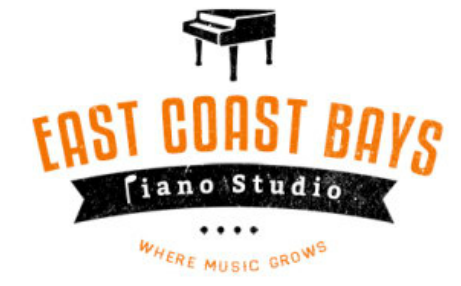
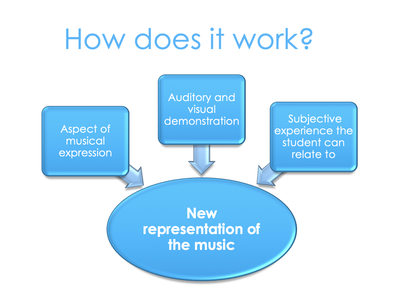
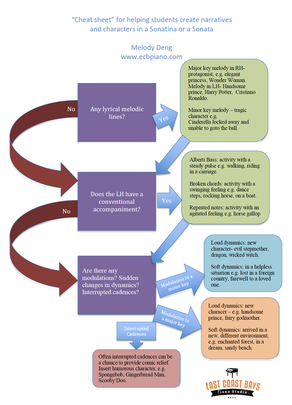
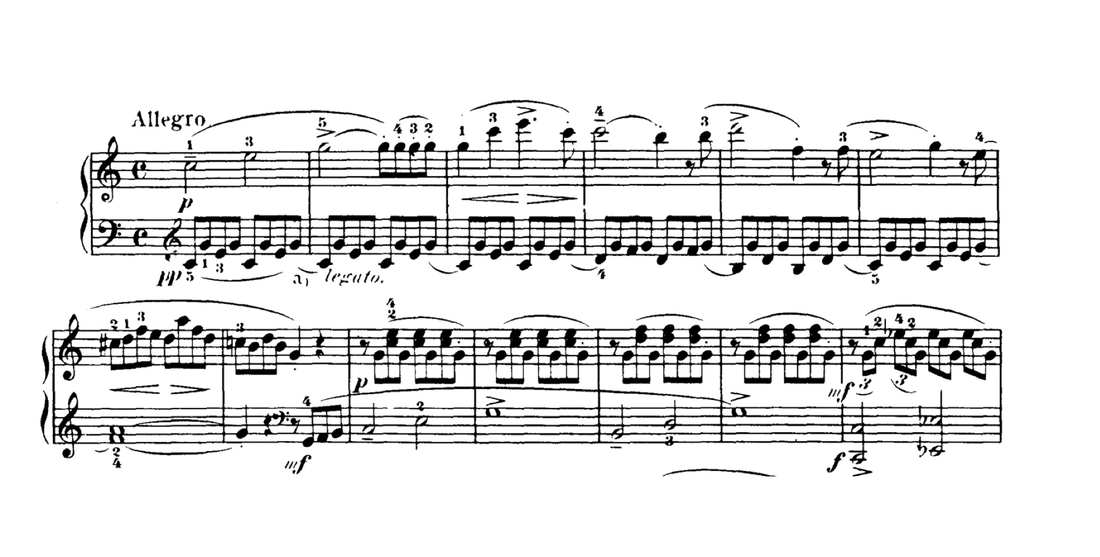
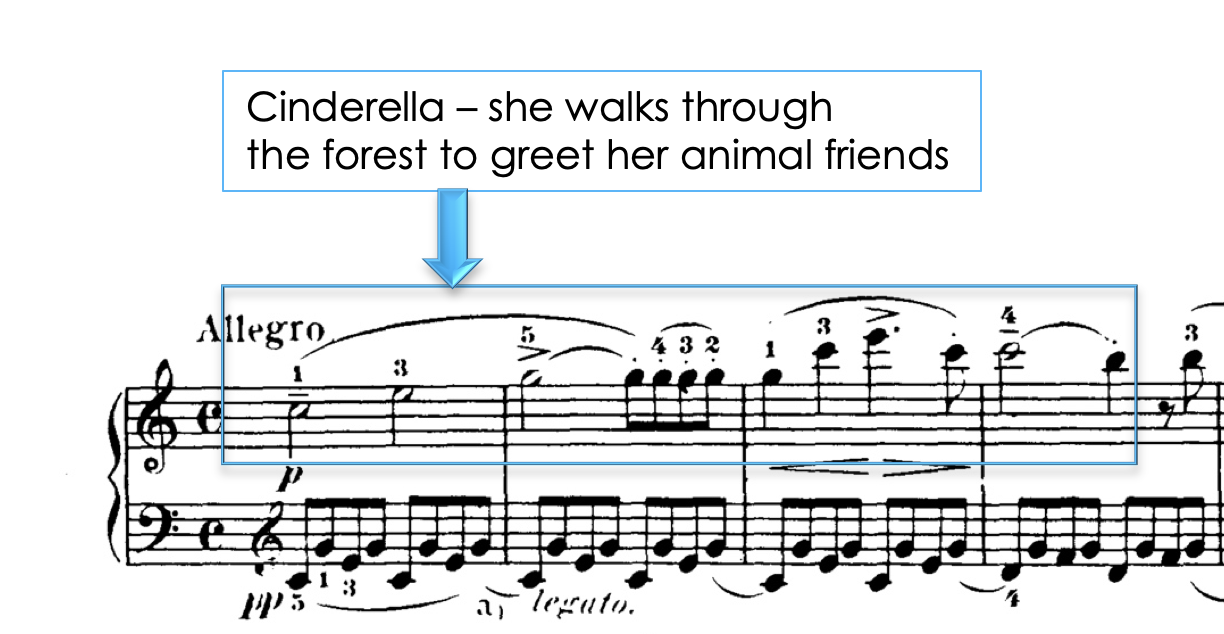
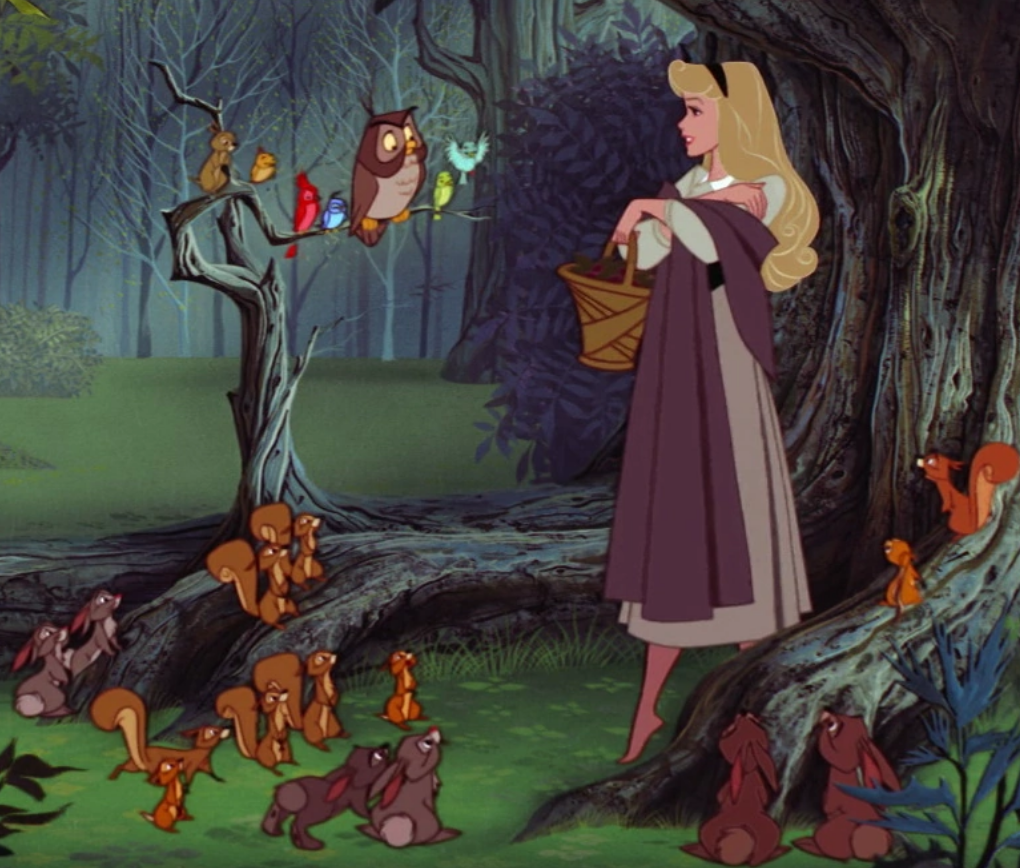

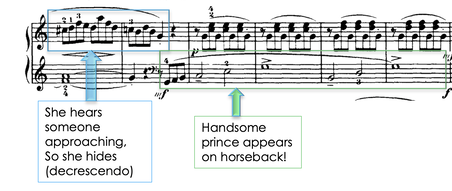
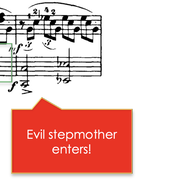

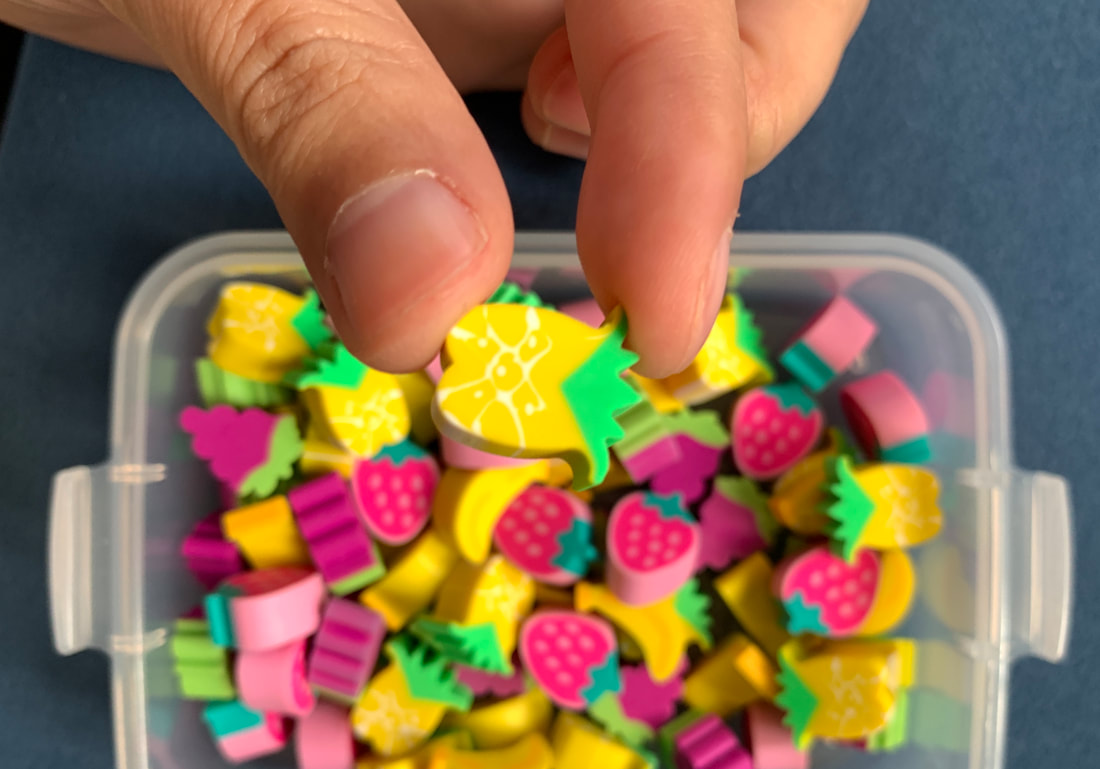
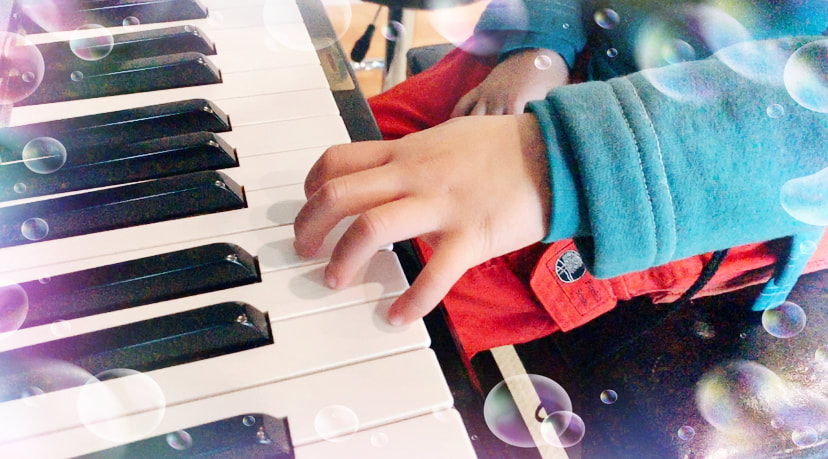
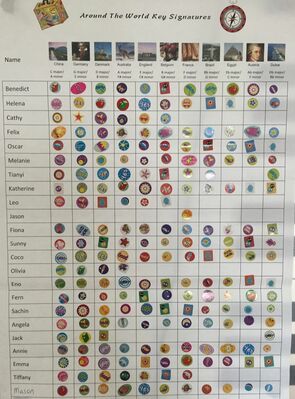
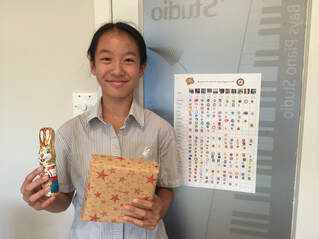
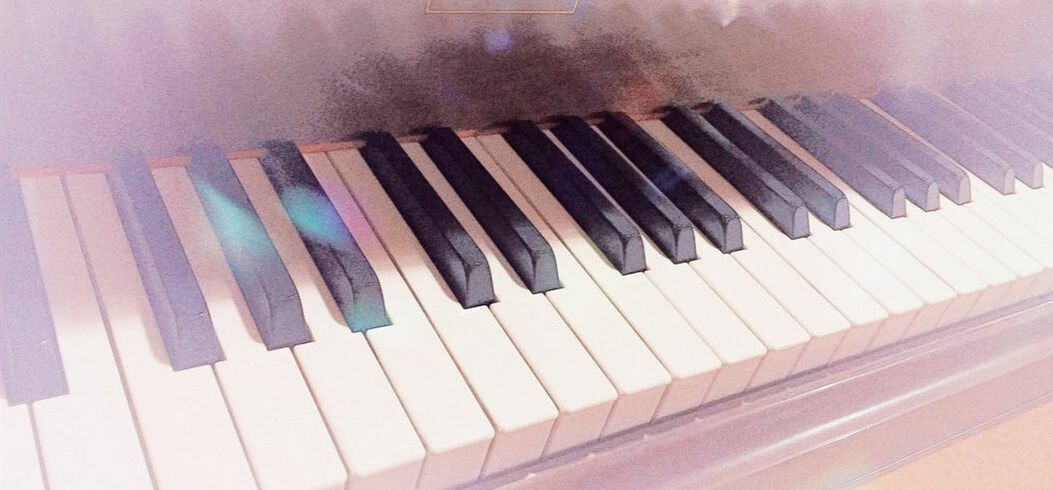
 RSS Feed
RSS Feed